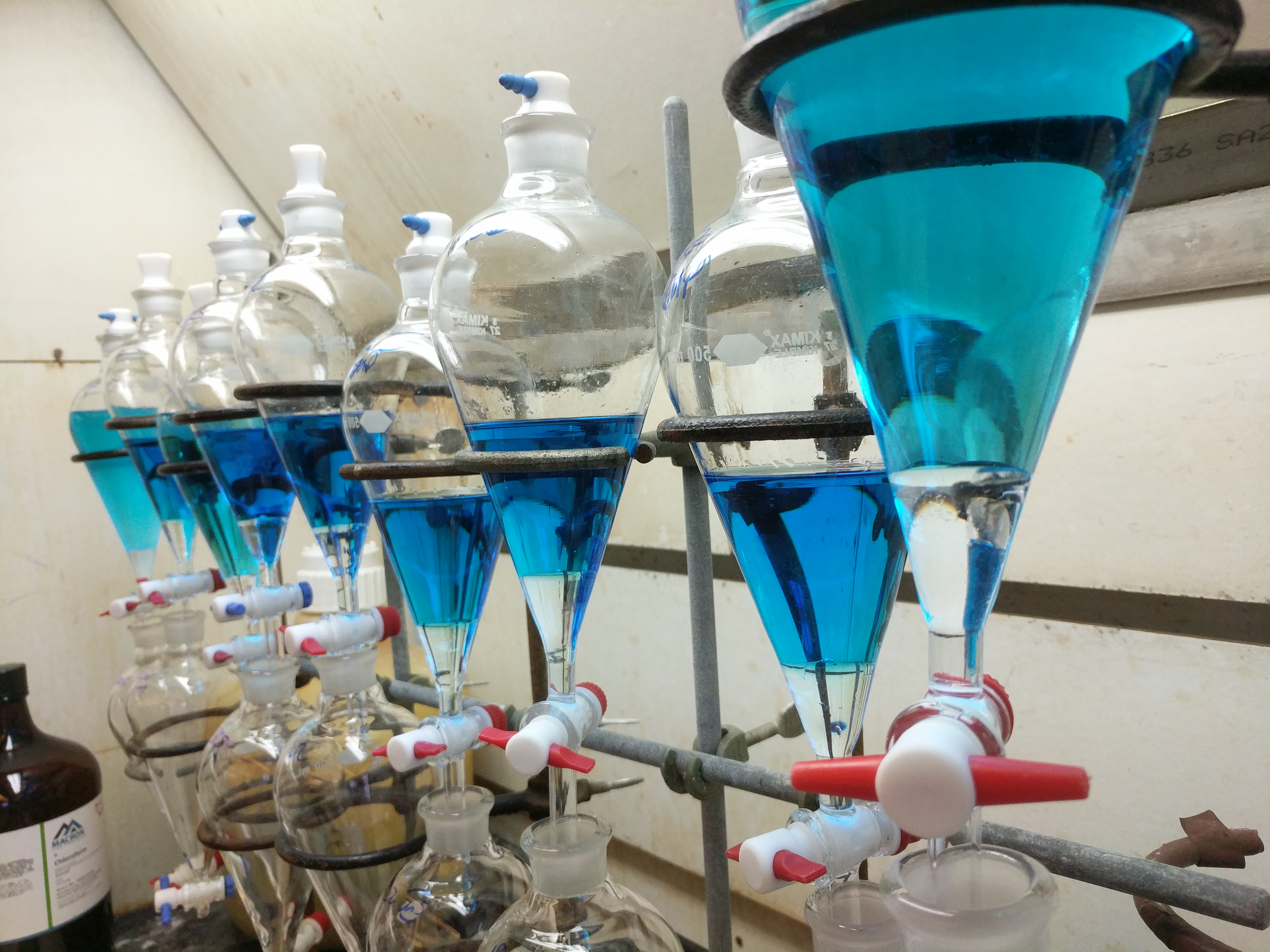HRSD’s Pretreatment & Pollution Prevention (P3) Division monitors wastewater conveyed to treatment plants and implements its Industrial Wastewater Discharge Regulations to protect interceptor systems, treatment plant staff, and treatment plant processes to include biosolids and beneficial reuse water. The P3 Division is responsible for inspecting and sampling commercial and industrial facilities in the HRSD service area, effectively monitoring the discharges into the HRSD system and utilizing its regulatory authority to control the discharges from non-residential sources. This routine monitoring program is invaluable for characterizing the wastewater entering the sanitary sewer system. Not only are we able to characterize for traditional pollutants, we are also able to sample for emerging contaminants, such as PFAS.
 The P3 Division is evaluating potential regulatory controls for PFAS. The first step in that process is understanding the PFAS levels in the wastewater we receive from residential, commercial, and industrial sources. There are no current federal, state or local regulations specifically targeting PFAS compounds; however, this evaluation will allow HRSD to make fact-based decisions to ensure these compounds do not impact our treatment plant operations or HRSD’s pursuit of the Sustainable Water Initiative for Tomorrow (SWIFT) project.
The P3 Division is evaluating potential regulatory controls for PFAS. The first step in that process is understanding the PFAS levels in the wastewater we receive from residential, commercial, and industrial sources. There are no current federal, state or local regulations specifically targeting PFAS compounds; however, this evaluation will allow HRSD to make fact-based decisions to ensure these compounds do not impact our treatment plant operations or HRSD’s pursuit of the Sustainable Water Initiative for Tomorrow (SWIFT) project.
The P3 Division’s staff of inspectors and sampling teams work with non-residential customers to have a better understanding of the types of chemicals used, what pollutants are discharged to the sanitary sewer, the concentrations of those pollutants, how those pollutants/discharges affect HRSD operations, and how these discharges may affect environmental and public health. The P3 Division has been able to utilize this information to develop discharge limitations for certain pollutants and develop no discharge policies for other pollutants and processes. HRSD will take the same approach to appropriately regulate PFAS.
Below is an example of HRSD working with the regulated community to Identify How a Discharge Affects Wastewater Treatment (and the surprising side effect!)
HRSD was approached in the 1970s about potentially allowing Aqueous Film Forming Foam (AFFF) waste to be discharged to the sanitary sewer. AFFF is a foam used in firefighting activities and this entity was going to routinely generate this waste and wanted to discharge this waste to the sanitary sewer. After some testing, HRSD determined that the AFFF interfered with a standard, vital treatment plant process. This led HRSD to create a policy stating AFFF could not be discharged to the sanitary sewer and must be handled through alternative, proper disposal. Little did we know that would pay dividends years later! The environmental impact of PFAS, commonly found in AFFF, was not on our radar in the 1970s, or anyone else’s. Due to this prohibition, HRSD has been able to minimize the impact of PFAS on our wastewater system.